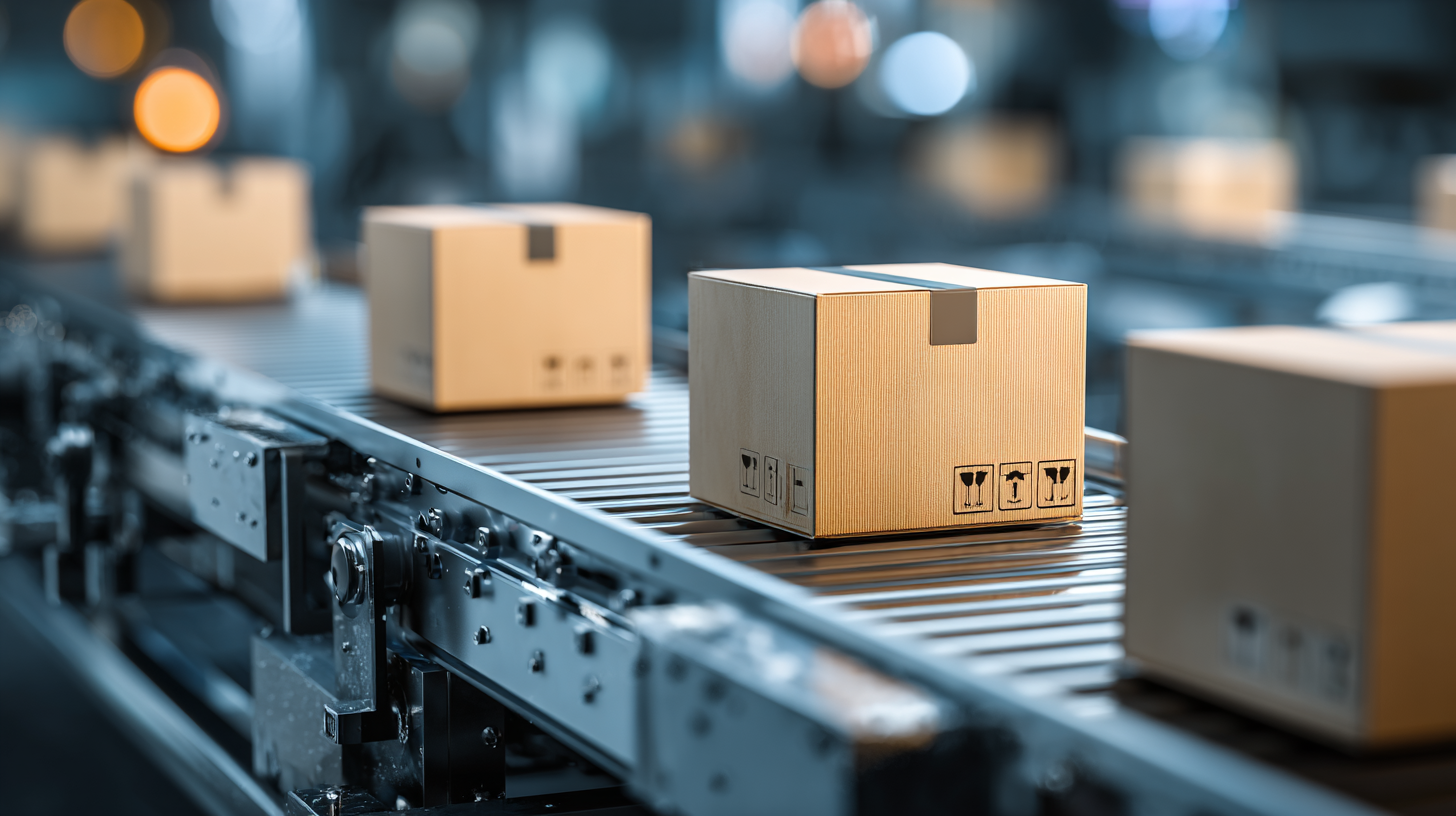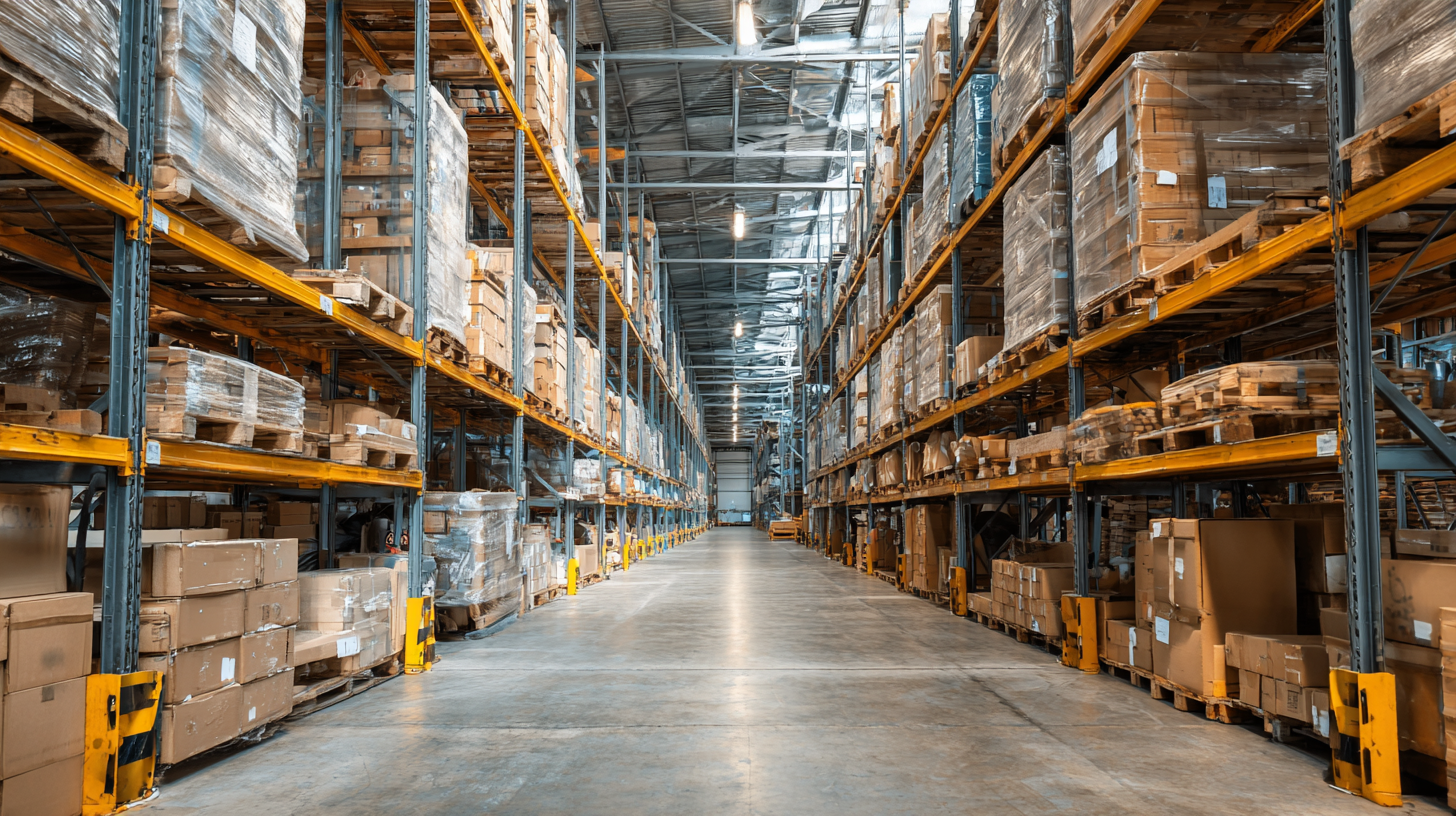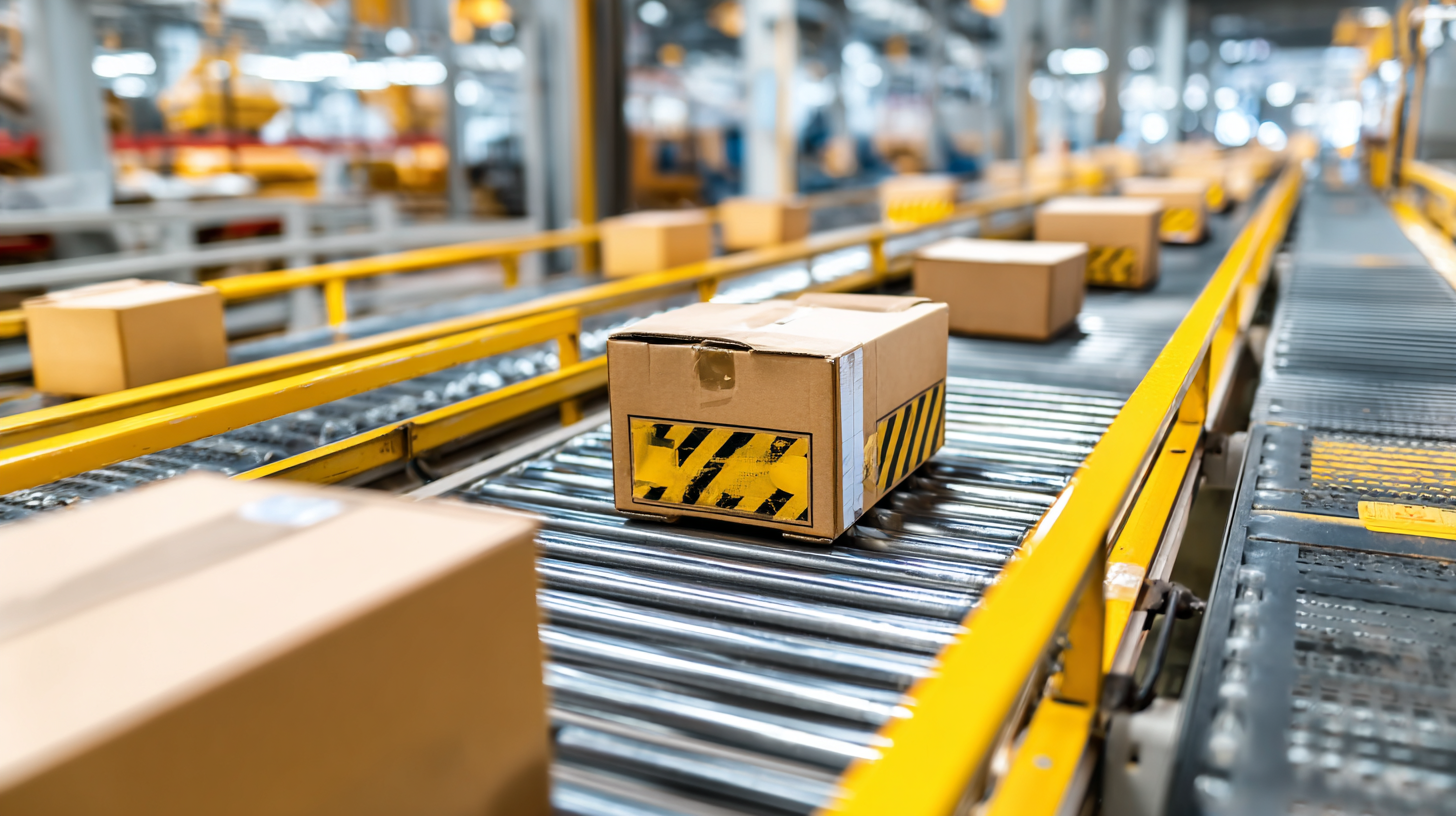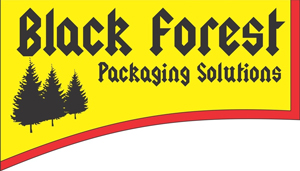Navigating the 2025 Trends in Best Packaging Equipment for Global Buyers to Enhance Efficiency
In the ever-evolving landscape of global trade, understanding the latest trends in packaging equipment is essential for businesses aiming to enhance their operational efficiency. As we navigate through 2025, it is crucial for global buyers to grasp the pivotal role that innovative packaging solutions play in optimizing production workflows. This blog will explore various industry applications of modern packaging equipment, providing real-world case studies that highlight their effectiveness in improving efficiency and reducing costs. Additionally, we will delve into "how-to" strategies that empower businesses to leverage these advancements, ensuring they remain competitive in a rapidly changing market. Join us as we uncover the best practices and key trends that will shape the future of packaging equipment, enabling companies to meet the demands of their customers while achieving sustainable growth.

Exploring the Key Factors Driving Packaging Equipment Innovation for 2025
As the packaging industry evolves, 2025 is poised to witness significant innovations driven by sustainability and efficiency. The global ISO container market is anticipated to grow from 9.453 million units in 2025 to 18.324 million units by 2032, reflecting a robust compound annual growth rate (CAGR) of 9.9%. This trend underscores the increasing demand for efficient logistical solutions that optimize storage and transportation, aligning with the broader industry focus on sustainable practices.
DHL's advocacy for eco-friendly packaging highlights the industry's shift towards materials that minimize environmental impact. By utilizing recyclable materials and implementing packaging optimization strategies, companies are advancing their sustainability goals. The home care packaging market, valued at $35.7 billion in 2024, is projected to grow at a CAGR of over 5.8% from 2025 to 2034, driven primarily by rising demand for sustainable packaging solutions. Such trends illustrate a significant turning point in the packaging equipment sector, where innovation not only caters to market growth but also addresses environmental concerns.
Navigating the Trends in Best Packaging Equipment for 2025
How Automated Solutions are Redefining Efficiency in Global Packaging Operations
 The global packaging landscape is undergoing a remarkable transformation, driven by the rise of
automated solutions that redefine efficiency. As companies seek to streamline their operations,
automation technologies such as robotic arms,
AI-powered sorting systems, and
smart packaging machines are becoming indispensable.
These innovations not only minimize manual labor but also increase accuracy and speed, allowing
businesses to respond swiftly to market demands.
The global packaging landscape is undergoing a remarkable transformation, driven by the rise of
automated solutions that redefine efficiency. As companies seek to streamline their operations,
automation technologies such as robotic arms,
AI-powered sorting systems, and
smart packaging machines are becoming indispensable.
These innovations not only minimize manual labor but also increase accuracy and speed, allowing
businesses to respond swiftly to market demands.
Furthermore, automated packaging equipment enhances supply chain reliability. By integrating advanced data analytics and machine learning, companies can monitor their processes in real-time, identifying bottlenecks and optimizing workflows. This leads to reduced downtime and waste, ultimately lowering operational costs. As global buyers navigate the 2025 trends, embracing these automated solutions will be crucial for enhancing productivity and maintaining a competitive edge in an ever-evolving market.
Analyzing Sustainability Trends in Packaging Equipment: Meeting Global Standards by 2025
As the global packaging industry evolves, sustainability has emerged as a key trend that shapes buyer preferences and operational strategies. By 2025, the demand for eco-friendly packaging solutions is expected to surge, driven by consumer awareness and regulatory pressures. Manufacturers are focusing on developing innovative packaging equipment that minimizes waste and utilizes recyclable or biodegradable materials. This aligns with global standards aimed at reducing the environmental footprint of packaging processes.
The food packaging market, projected to grow significantly, underscores the importance of sustainability. With an estimated CAGR of 5.6% from 2025 to 2034, the shift towards user-friendly and portable products will demand advanced packaging technologies that prioritize eco-conscious practices. Furthermore, segments like beverage packaging, expecting a 6.5% CAGR, highlight a notable trend where environmentally sustainable packaging solutions are no longer optional but essential to meet consumer expectations and regulatory demands. As packaging equipment evolves, the industry's focus on sustainability will play a crucial role in driving efficiencies and enhancing brand reputation in an increasingly competitive global landscape.

The Role of Data Analytics in Optimizing Packaging Processes for Enhanced Productivity
In today's rapidly evolving manufacturing landscape, the integration of data analytics is crucial for optimizing packaging processes. As industries increasingly adopt digital technologies, enhanced productivity is becoming a competitive benchmark. Companies equipped with data analytics capabilities can analyze real-time production data to identify bottlenecks, forecast demand, and streamline operations, translating into significant cost savings and increased efficiency.
**Tips for Leveraging Data Analytics in Packaging:**
1. **Invest in Real-time Monitoring Tools:** Implement sensors and IoT devices to gather data on production metrics continuously. This will allow for timely adjustments and proactive management of the packaging line.
2. **Utilize Predictive Analytics:** By harnessing predictive modeling, companies can anticipate potential disruptions in the manufacturing process. This foresight enables businesses to devise contingency plans, ensuring smoother operations.
3. **Embrace Automation:** Intelligent automation systems analyze packaging workflows, optimizing performance and minimizing human error. By integrating AI-driven solutions, businesses can achieve higher efficiency levels while reducing operational costs.
As the industry pivots towards smarter manufacturing, embracing these data-driven strategies can significantly enhance packaging efficiency, paving the way for sustained growth and innovation.
Navigating the 2025 Trends in Best Packaging Equipment for Global Buyers to Enhance Efficiency - The Role of Data Analytics in Optimizing Packaging Processes for Enhanced Productivity
| Trend | Description | Impact on Efficiency | Role of Data Analytics |
|---|---|---|---|
| Automation | Increasing use of robotic systems in packaging | Reduces labor costs and increases speed | Data analytics helps in optimizing robot workflows |
| Sustainability | Focus on eco-friendly materials and processes | Reduces waste and meets consumer demand | Analytics can track material usage and waste reduction |
| Smart Packaging | Integration of IoT technology in packaging | Enhances tracking and reduces loss | Data analytics provide insights into product monitoring |
| Customization | Trend towards personalized packaging solutions | Increases customer satisfaction and loyalty | Analytics allow for better understanding of consumer preferences |
| Process Integration | Unified approach to packaging and logistics | Improves overall supply chain efficiency | Data integration across platforms for real-time updates |
Future-Proofing Packaging Strategies: Embracing Technological Advancements for 2025
As we look towards 2025, the packaging industry is poised for transformative changes driven by technological advancements. A recent report by Smithers Pira predicts that the global packaging market will reach $1 trillion by 2024, underscoring the urgent need for businesses to adapt their packaging strategies to enhance efficiency and sustain competitiveness. Embracing innovations such as smart packaging, automation, and sustainable materials will not only streamline operations but also meet the rising consumer demand for eco-friendly solutions.
Smart packaging technologies, including RFID tags and QR codes, are revolutionizing supply chain management and enhancing customer engagement. According to a study by Grand View Research, the smart packaging market is expected to reach $31.4 billion by 2025, growing at a CAGR of 5.9%. This shift towards intelligent solutions enables better inventory tracking and reduces waste, ultimately fostering a more sustainable approach to packaging. In an era where sustainability is paramount, companies that invest in these advancements are not just future-proofing their operations but also aligning with global initiatives aimed at reducing environmental impact.
